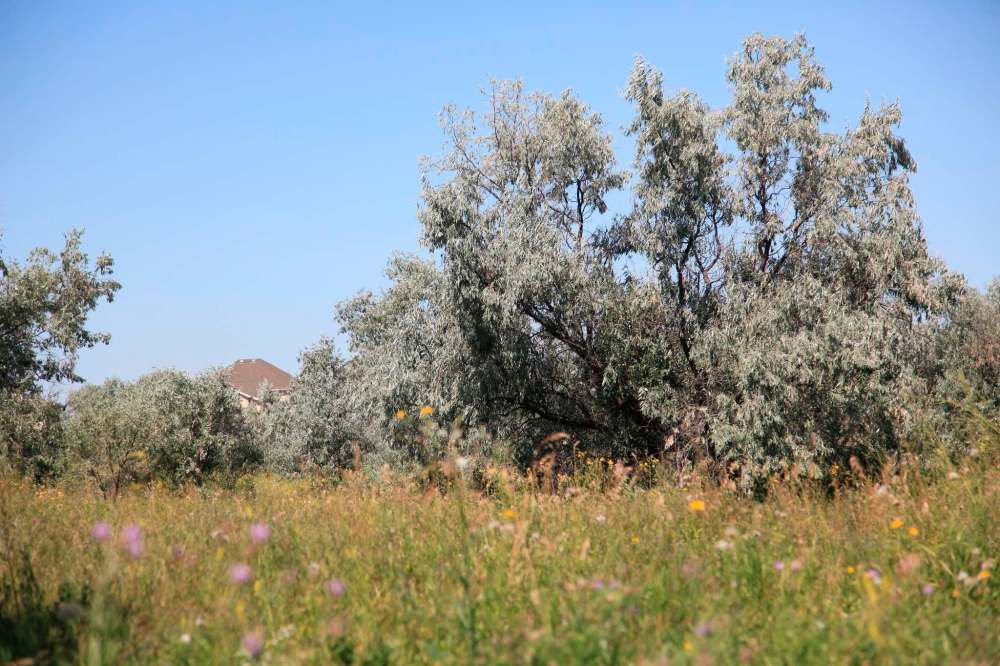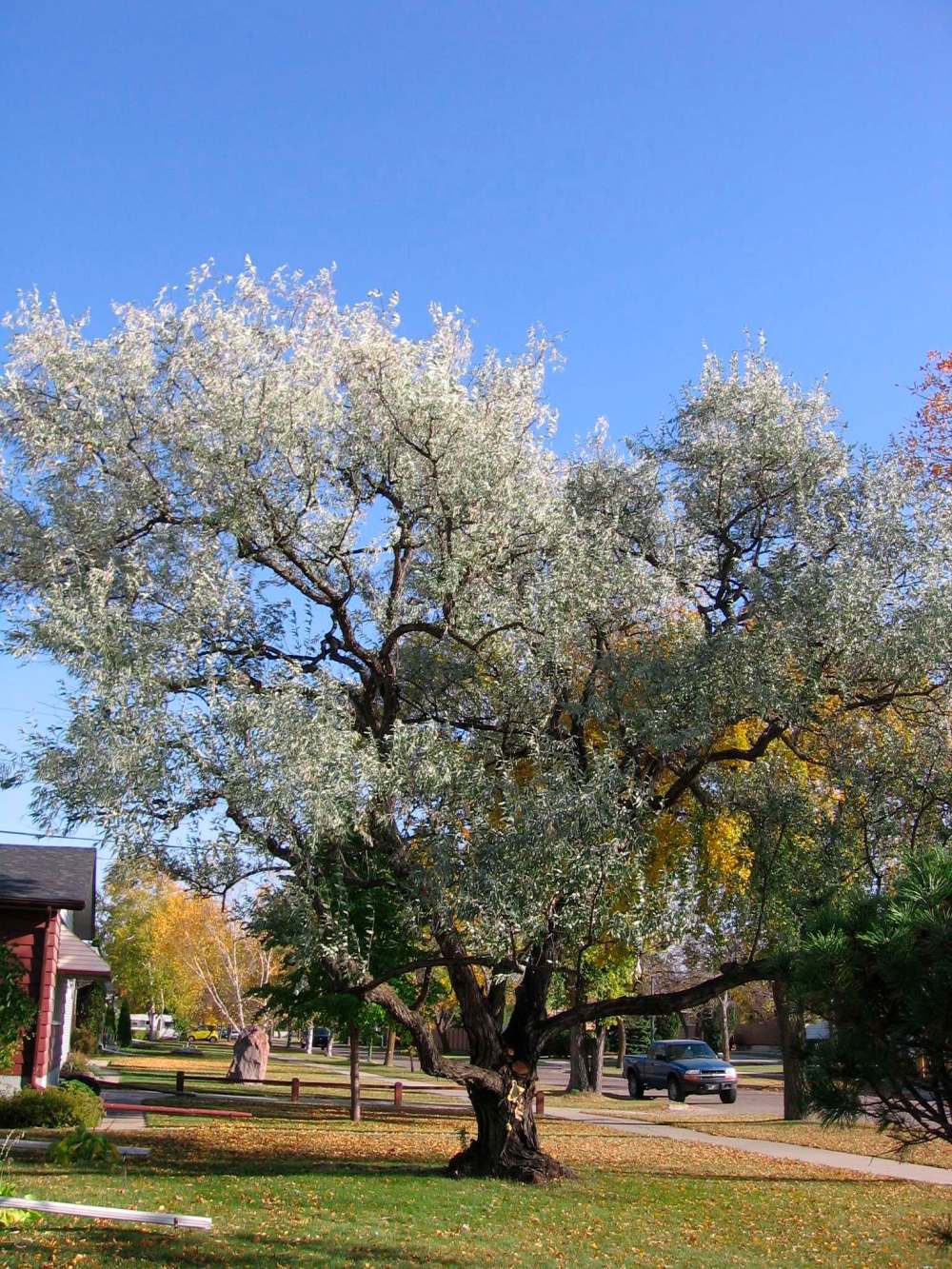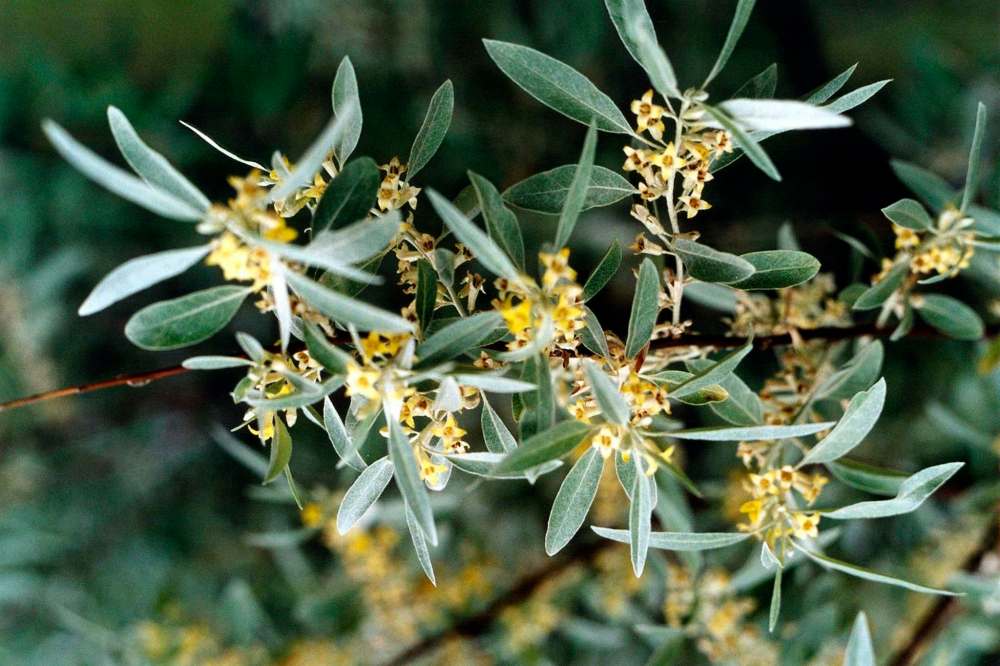Russian olive continues march in southern Manitoba
Advertisement
Read this article for free:
or
Already have an account? Log in here »
To continue reading, please subscribe:
Monthly Digital Subscription
$1 per week for 24 weeks*
- Enjoy unlimited reading on winnipegfreepress.com
- Read the E-Edition, our digital replica newspaper
- Access News Break, our award-winning app
- Play interactive puzzles
*Billed as $4.00 plus GST every four weeks. After 24 weeks, price increases to the regular rate of $19.00 plus GST every four weeks. Offer available to new and qualified returning subscribers only. Cancel any time.
Monthly Digital Subscription
$4.75/week*
- Enjoy unlimited reading on winnipegfreepress.com
- Read the E-Edition, our digital replica newspaper
- Access News Break, our award-winning app
- Play interactive puzzles
*Billed as $19 plus GST every four weeks. Cancel any time.
To continue reading, please subscribe:
Add Winnipeg Free Press access to your Brandon Sun subscription for only
$1 for the first 4 weeks*
*$1 will be added to your next bill. After your 4 weeks access is complete your rate will increase by $0.00 a X percent off the regular rate.
Read unlimited articles for free today:
or
Already have an account? Log in here »
Hey there, time traveller!
This article was published 20/08/2016 (3332 days ago), so information in it may no longer be current.
We are generally familiar with weed species such as dandelions, loosestrife and Canada thistle that can readily invade our yards and gardens. Did you know that there are invasive tree species in the tree world?
Invasive plant behaviour especially exists in a few trees such as Russian olive (Elaeagnus angustifolia). This tree does not produce the olive added to salads or pizzas. (Those edible olives originate in the Mediterranean area of Europe and western Asia.) The fruit of the Russian olive tree by contrast is unpalatable — at least to people. Many bird species like eating the pulp of these hard olives.
The Russian olive is a serious invasive tree species in some natural woodlands in southern Manitoba.

It rarely becomes a tall tree, as it usually grows to a height of about 10 metres.
Distinguishable by its silvery narrow leaves, thorny twigs, fragrant yellow flowers and silver berries, Russian olive has been a popular ornamental tree choice among gardeners for many years. The silvery green berries produced by the tree aid in its dispersal, as they are highly selected by many birds and mammals. The olive seeds are excreted after a period of heavy feeding on the fruit of standing trees. Birds are the major agent of the spread of Russian olive seeds in abandoned areas in southern Manitoba.
So what is the problem with this tree since it seems to have a number of desirable features?
First introduced in United States in the 1800s as a source of significant nutrients, it was selected because of its nitrogen fixing nodules attached to the tree’s roots. Nitrogen is known to help improve the agricultural quality of poor soils. Horticulturally, Russian olive trees have the ability to withstand Canadian cold winters.
There was a number of seemingly positive features of the Russian olive that made it a desirable tree for planting, especially on marginal crop-producing lands.
The reality is this tree is now out-competing native vegetation around the southern areas of the province. Throughout many American states, it is deemed to be an environmentally evasive, noxious species, prompting significant, wide-spread eradication programs.

Today, if you focus your attention on non-managed landscapes, you will find this tree expanding its range along neglected areas of open spaces, non-mowed areas adjacent to highways and rural roads, near railway corridors, abandoned ponds, and drainage ditches. Seeds dropped from the birds in non-managed lands areas easily germinate.
I have found these trees growing wild inside natural woodland areas such as Assiniboine Forest and scores of private woodlands. Over the years, I have noticed the occurrence of these invading trees increasing in frequency in wild woodland areas.
Russian olive trees will nearly always out compete the indigenous woodland species whether they be wild flowers, wild shrubs or trees. Once it grows in groves, it spreads rapidly.
If you plan on planting an ornamental garden, do not add the Russian olive tree to your landscaping mix. I find it unfortunate Agriculture and Agri-Foods Canada still includes Russian olive on its list of desirable trees for planting.
Always choose species which are non-invasive. If you are not sure, check with a garden centre or nursery (or you can contact me) to get a reasonable consensus of what you should be planting.

Be environmentally responsive — and do whatever you can to eliminate invasive species by not planting Russian olive trees.
Michael Allen M.Sc.F., RPF (ret’d) is a consulting urban forester, tree diagnostician and certified arborist. He owns Viburnum Tree Experts. He can be reached at 204-831-6503 or 204-223-7709, or viburnumtrees@shaw.ca. His website is www.treeexperts.mb.ca.

